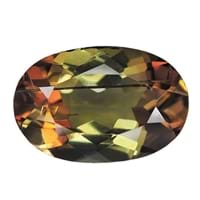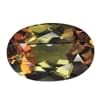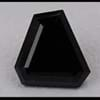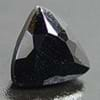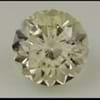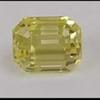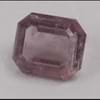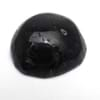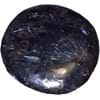Origin
Spain, Brazil, USA, Sri Lanka, Burma, Color: strongly pleochroic, reddish brown, pink / yellowish green, Hardness: 7 7.5, Refractive index: 1.63 1.65, Density: 3.13 3.21, Chemical composition: Al2SiO5, Crystal structure: orthorhombic, Lustre: vitreous, greasy, Origins: Spain, Brazil, USA, Sri Lanka, Burma. Discovered in Andalusia (Spain), the andalusite stone is relatively rare, with big crystals over 10 ct. especially rare. Due to its remarkable pleochroism effect, the stone is highly valued by collectors., brown
Russia, Canada, Australia, India, Brazil, Color: colorless, light yellow, brownish. Very rare varieties: red, Not Available, Not Available, yellow. Hardness: 10, Refractive index: 2.42, Density: 3.52, Chemical composition: C, Crystal structure: cubic, Origins: Southern and central Africa, Russia, Canada, Australia, India, Brazil.
Color
Brown, pink, Violet, Yellow, Green, White, gray, Colorless, Green, gray, Brown, Red
Yellow, Brown, Blue, Reddish, Colorless, White, gray, Black, Blue
Planet
Venus
Sun, Venus, Venus, Jupiter
Element of Planets
Not Available
Not Available
Energy
Projective, Receptive
Projective
Finger
Not Available
Not Available
Ring Metal
Not Available
Not Available
Deities
Not Available
Frigg
Not to wear with
Not Available
Not Available
Powers
Not Available
Spirituality, Protection, Courage, Healing, Love, Money, Love, Courage
Planetary
Not Available
Not Available
Talisman
Not Available
Leo
Tenacity
Not Available
Not Available
Solubility
Not Available
Soluble
Durability
Not Available
Not Available
Specific Gravity
3.05-3.21
3.50-3.53
Fracture
Uneven, Subconchoidal, Uneven, Subconchoidal, Splintery, UnevenArthur Thomas, Gemstones (2009)
Conchoidal, Conchoidal, Gemstones of the world (2001) More from other references, Conchoidal, Brittle
Cleavage
Good on {110}, poor on {100}
111 (perfect in four directions)
Chemical Composition
Al 2SiO 5Michael OâDonoghue , Gems, Sixth edition (2006) More from other references
C
Luster
Vitreous, Greasy
Adamantine
Pleochroism
strongly trichroic
None
Transparency
Transparent, Translucent
Transparent, Translucent, Transparent to opaque
Refractive Index
1.627-1.650
2.417-2.419
Optic Character
Not Available
Not Available
Crystal System
Orthorhombic
cubic
Birefringence
0.009-0.010
Not Available
Clarity
Transparent
Transparent
Neurological
Not Available
Not Available
Cardiovascular
Not Available
Not Available
Respiratory
Not Available
Not Available
Reproductive
Not Available
Like Jupiter, it bestows money, comforts and fortune on a person when it is strong and significantly well placed. It can be useful in the cure of venereal and reproductive system diseases. Wearing a diamond is said to give happiness in the married life as well as magnetism and attractiveness to the wearer.
Digestive
Not Available
Not Available
Psychology
Not Available
Not Available
Healing
Not Available
Not Available
Qualities Associated
Not Available
Not Available
Andalusite Vs Diamond Fracture
Fracture is an important parameter when you compare Andalusite and Diamond Physical Properties. It is necessary to understand the significance of these properties, before you compare Andalusite Vs Diamond fracture. Whenever a gemstone chip breaks, it leaves a characteristic line along its breakage. Such lines are known as fracture and are used to identify the gemstones in their initial stages of production when they are in the form of rough minerals. Fracture is usually described with the terms “fibrous” and “splintery” to denote a fracture that usually leaves elongated and sharp edges. Fracture observed in Andalusite is Uneven, Subconchoidal, Uneven, Subconchoidal, Splintery, UnevenArthur Thomas and Gemstones (2009). Diamond fracture is Conchoidal, Conchoidal, Gemstones of the world (2001) More from other references, Conchoidal and Brittle.
